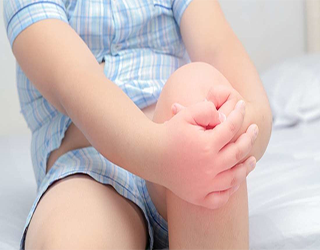Bone and Joint Infection
Infection of musculoskeletal system include, osteomyelitis (bone infection), septic arthritis (Joint infection) and pyomyositis (muscles infection). Various organism responsible for infection like staphylococcus aureus (90%), streptococcus, Haemophilus influenza, pneumococcus, klebssila, e.coli, pseudomonas etc..
It happens due to Hematogenous spread from bacteremia, local invasion from contiguous infection, direct penetrating trauma. Septic arthritis is 70% in children age 1 month to 5 years. Sites : Hip (41%), Knee(23%), Ankle (14%), Elbow(12%), wrist and shoulder (4%).

Physical finding : Fever, inability to move affected limb, irritable, lethargic.
Blood report : CBC TC increased, CRP raised, ESR, blood culture. X –ray, USG, MRI may require.
Treament: Acute OM may be treat by injectable and oral antibiotics, chronic OM require and septic arthritis require prompt drainage or scrapping, reaming, some timeantibiotic cemented bids insertion.
Deep infections most often occur in the joints and at the ends of long bones where they meet to form joints. These include the hip, knee, and ankle joints of the leg, and the shoulder, elbow, and wrist joints of the arm.
The reason infections occur in these areas is due to the way blood flows to these locations. There is a strong blood flow to the ends of bone near growth centers (called growth plates), the lining of the joints, and the large muscle groups. This allows bacteria to easily find their way to these areas.
